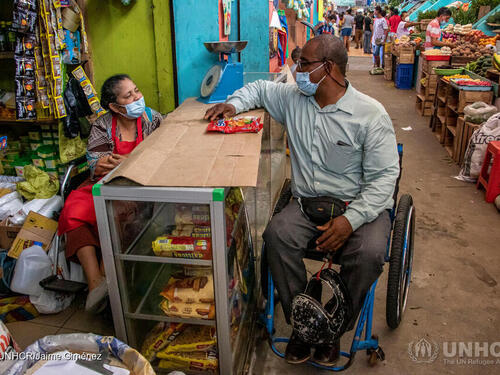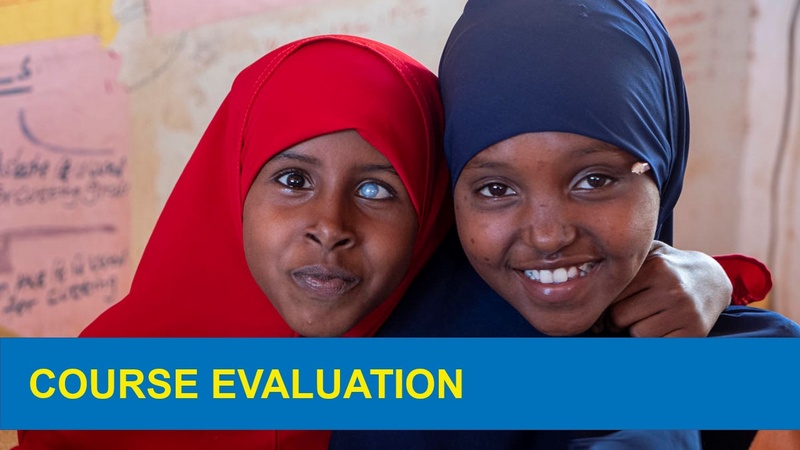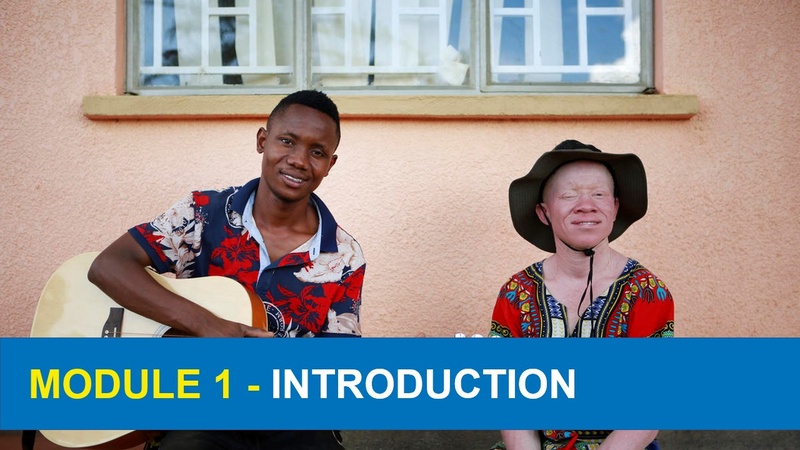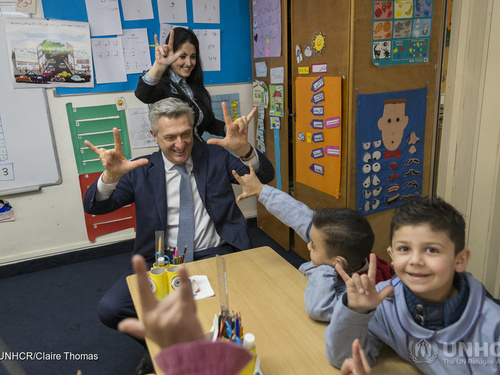Strengthening protection of persons with disabilities in forced displacement
Strengthening protection of persons with disabilities in forced displacement
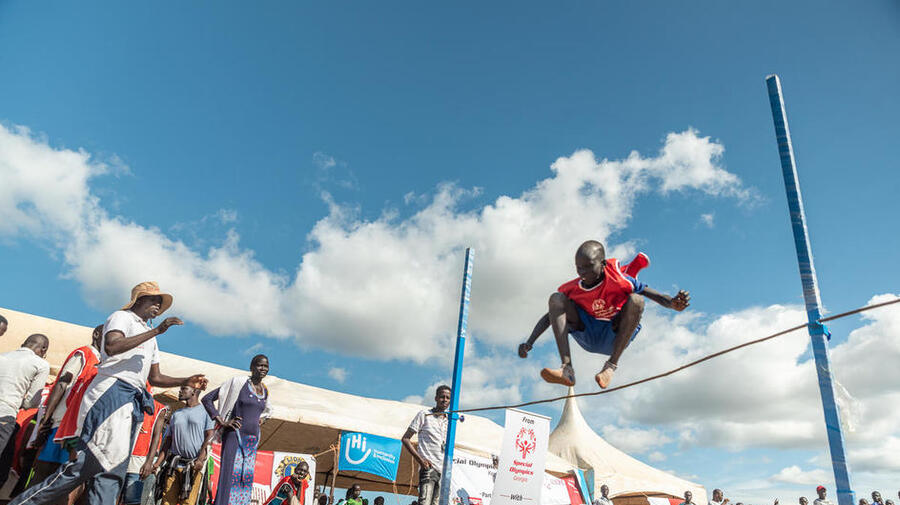
The World Health Organization estimates that around 15 per cent of the world’s population has a disability. Several million are thought to be displaced but often remain invisible within uprooted communities. Asylum-seekers, refugees, internally displaced persons, stateless persons, and others of concern to UNHCR have diverse disabilities - they have different capacities and needs and contribute in different ways to their communities. In times of crisis, they may be at heightened risk of discrimination, exploitation and violence, and face numerous barriers to accessing humanitarian assistance.
UNHCR, in consultation with the International Disability Alliance, has developed this comprehensive Facilitator’s Guide on working with persons with disabilities in forced displacement as part of our efforts to improve the protection of forcibly displaced and stateless persons with disabilities.
About the Facilitator’s Guide package
This Facilitator’s Guide on Strengthening Protection of Persons with Disabilities in Forced Displacement is designed to support UNHCR staff, partners and other stakeholders at the field level to:
- Recognize the protection concerns and capacities of refugees with disabilities and other persons with disabilities protected and assisted by UNHCR;
- Apply the principles reflected in the UN Convention on the Rights of Persons with Disabilities (UNCRPD) and UNHCR Guidance on Working with Persons with Disabilities to a range of programs and sectors;
- Collect and use data to enhance disability inclusion;
- Design immediate and long-term strategies to mitigate protection risks and promote the inclusion of persons with disabilities in UNHCR programming.
This Facilitator’s Guide includes five interconnected modules with session objectives, learning points, activity descriptions and tools to support UNHCR Country Office staff and partners in facilitating workshops on strengthening the protection of persons with disabilities.
While completing all five modules is strongly recommended to acquire both an understanding of the rights of persons with disabilities and strategies to promote their inclusion, the Guide is designed so that each module can be used independently, depending on the context and needs of the target audience. Using each module in independent workshops can help to space learning over time or raise awareness and strengthen the knowledge of participants in a particular area where learning gaps have been identified following learning needs analysis.
Training modules
Module 1 - Introduction
This module seeks to provide an overall introduction to the workshop for participants, including facilitating reflection on the learning expectations and setting accessibility-friendly ground rules to ensure inclusive training for all.


